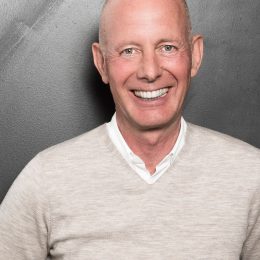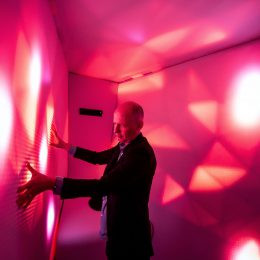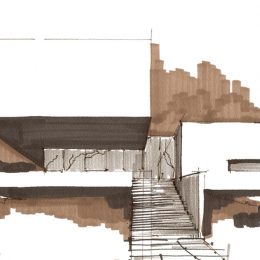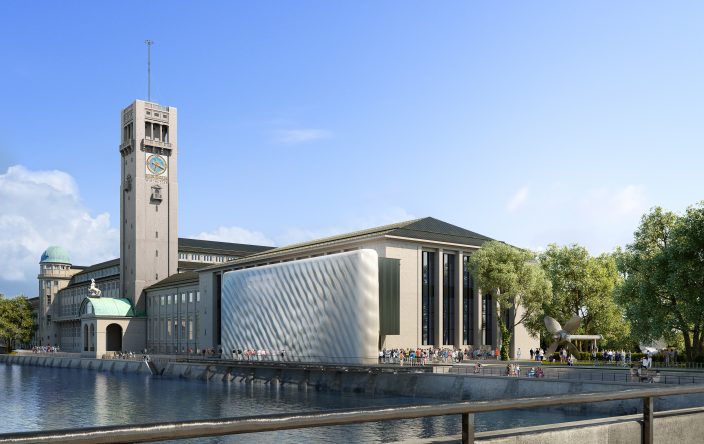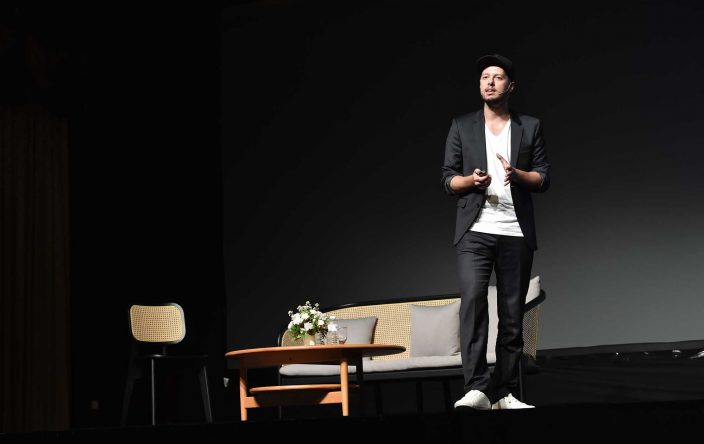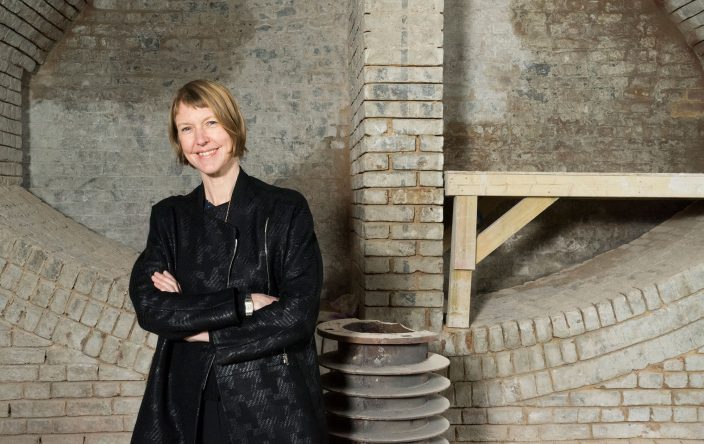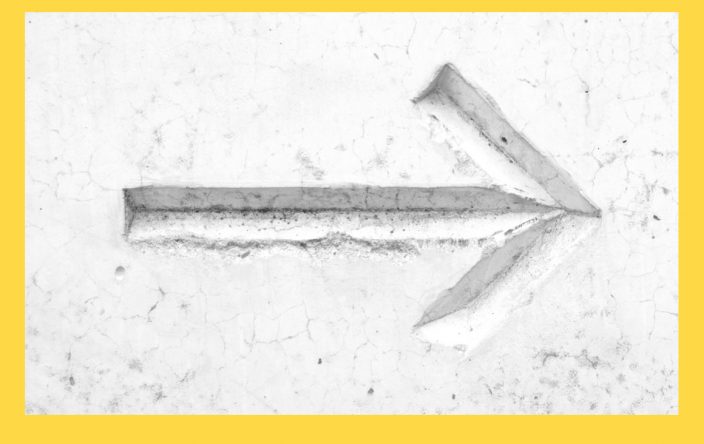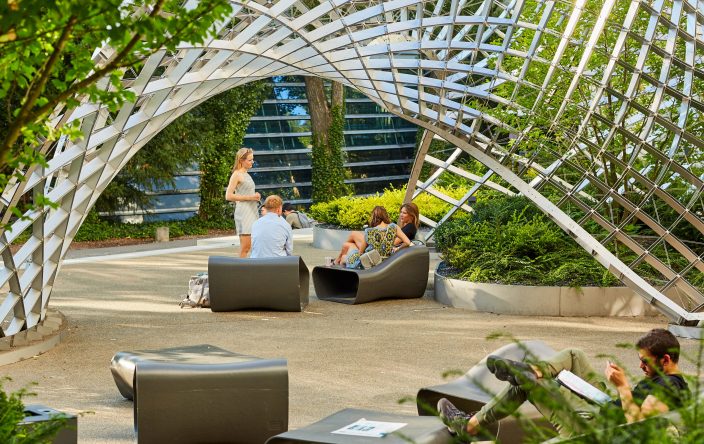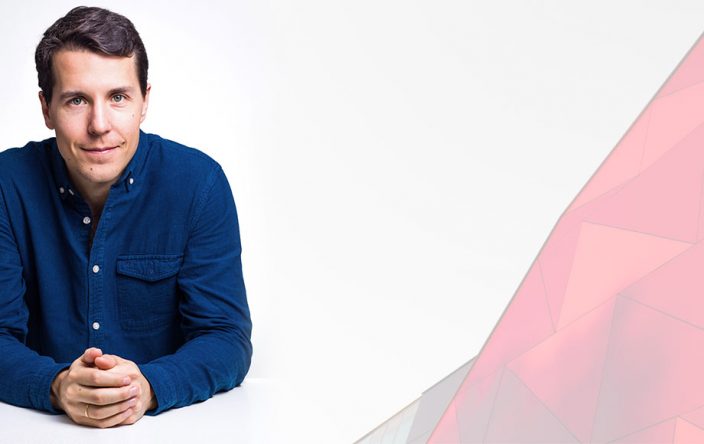
Sensors for Cities: Ben van Berkel Explores Technology-Integrated Urban Design
How will buildings and cities communicate with their users in the future? Which technologies will remain relevant for the architectural profession? In this interview, Ben van Berkel shares inspiring insights about founding UNSense, his new ArchTech start-up on sensorial technologies for future cities.
After building and operating a very successful architecture office for the last 30 years, what inspired you to found UNSense, a start-up with a combined focus on architecture and technology?
UNSense was set up to explore and develop technology, primarily in order to humanise the built environment. The reason I started the company was not because I wanted to set up a tech company for architecture, what I truly want to do is to give the tech aspect of architecture more directly relevant content and design direction – rather than simply coming up with gadget oriented solutions.
Working with technology has always been native to us in terms of designing, but what really interests me today are the changes that are happening as a result of emerging technologies and how these technologies can be directly applied to the built environment.
“I firmly believe that new technologies can make architecture much more human-centric than ever before.”
I am very excited to use these new techniques for intelligent space-making because I am convinced it will vastly improve our buildings and cities for their end-users. What is important here is that design is informed by technology to improve how we experience our buildings and cities. I firmly believe that new technologies can make architecture much more human-centric than ever before.
Which problems do see UNSense solving in the future?
I see this ranging in scale from the urban, to the building, to the interior. UNSense deals with sensor technology, but also with sensorial design. We want to make things that make sense for the built environment and create new ways of experiencing architecture: with all our senses and not just the visual, the ‘image’ of architecture – from acoustics, to light, to air quality.
“We want to make things that make sense for the built environment and create new ways of experiencing architecture: with all our senses and not just the visual, the ‘image’ of architecture – from acoustics, to light, to air quality.”
All of these aspects can enrich our experience of our environments and this goes back to the idea of creating much more human-centric architecture. I believe that with UNSense we will work with strategies that mean that instead of thinking of architecture as a balance of the core, the floorplan and the envelope etc., we will make it possible to create a moving library of experiences for the people who use buildings. It will make it possible for architecture to go beyond the physical and become a true driver of experience.

What are the first projects or products that you are currently working on?
Current UNSense solutions include:
CitySense: Health, safety, liveability and mobility are complex challenges that require innovative, social and adaptive solutions. We believe that the goal of urban planning should not be to meet efficiency targets, but moreover to positively impact the lives of people in the city. In order to do this we collect data through a sensory digital infrastructure. Based on this data, we design and implement positive, personal experiences for people and continuously improve on them, profoundly changing the way people live and work in our cities. CitySense trials are currently running in South East Amsterdam and a number of other Dutch cities.
Solar Brick: new Dutch Solar Design PV Modules which combine high performance with a highly aesthetic appearance. This enables the application of solar power on a much larger scale; not only as a rooftop coverage, but as a cladding material for the facade or the entire envelope of buildings. Solar Brick enables the transformation of all types of buildings into actual power plants: the start of a truly SMART facade.
RESET: (Responsive Emotional Transformation) is an interactive platform for reducing stress in the workplace.
In the future UNSense aims to develop solutions that go beyond smart city technology, where data gathered from the city streets is applied to build services. UNSense aims to implement digital systems and technologies that enhance the city’s liveability, operability and manageability.

What are sensor-based technologies and how will they make cities more tangible?
Sensor-based technologies basically provide a way to measure a variety of conditions and flows and turn these measurements into real-time data. These multiple layers of data can provide an understanding of the complex and interdependent systems of the city and enable data-driven decision making when designing buildings and planning cities – or specific districts within cities.
On an urban level this kind of real-time data enables us to understand the implications of a design and to analyse the links between such things as density, programming and mobility and this enables us to understand whether our planning will actually improve the urban environment.
Sensor-based technologies basically enable you to plan in much better ways and design in ways that are highly relevant to the conditions in very specific locations. But this is not limited to city planning alone, it is also the case for buildings and their interior spaces.
UNSense is operating as an independent sister company of UNStudio. What have been the challenges of implementing an internal start-up within an existing structure?
UNSense is in fact a completely separate company, so the challenges are basically the same as those faced by any start-up. We set it up in this way because in traditional architectural practice there are no resources to develop, test or prototype new technologies. UNSense uses a new business model that is quite different from the architecture business model. It also requires very different expertise, so the services offered by UNSense are very different to the design services offered by UNStudio.
However there are certainly advantages in having a sister company that is dedicated to developing or applying new technologies specifically for cities and buildings: on the one hand it enables our design studio to expand architectural practice by incorporating technological innovation into our designs, which in turn means that we also have the expertise to offer our clients future-proof designs with fully integrated technologies.
On the other hand, the solutions we develop at UNSense benefit from the 30 year’s of knowledge, practice and experience that we have garnered when it comes to architectural design and urban planning.
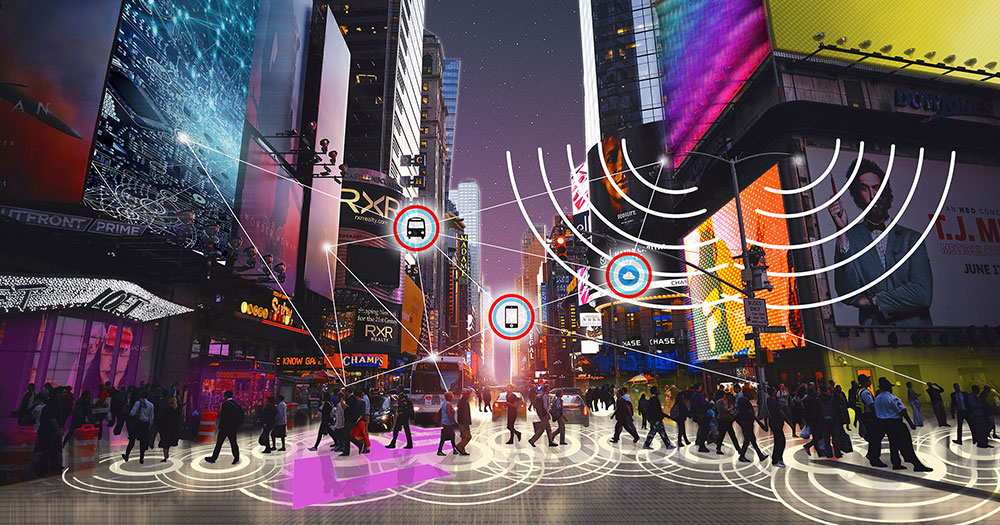
The AEC industry has a reputation for being slow to adopt new technologies. What are the biggest opportunities for architects to embrace new technology in their work or business model?
The digital revolution is driving change in every part of our lives and it’s now time for the built environment to catch up. We simply can’t afford to be slow adopters anymore. This means we have to grab opportunities to embrace emerging technologies and apply these appropriately in order to improve the built environment; to create performative and relevant architecture and design for the end users. As for what these opportunities are, I would say the technologies themselves. It is just a case of being able to see how we can apply or adapt them in the most useful ways possible.
The digital revolution is driving change in every part of our lives and it’s now time for the built environment to catch up.
What is your best piece of advice for Archipreneurs who are interested in starting their own business?
Be original and relevant, but don’t be precious about your initial plans or ideas. Above all be agile and prepared to make any changes necessary – also to your business model.
How do you see the future of the architectural profession and the built environment?
As a great deal more technology-focused and data-driven than it is now!
What inspires you to continue to innovate?
As a product of social, economic and political influences, the
architectural profession is in constant flux. This means that we need to reinvent ourselves time and time again. I am, and have always been, fascinated by the challenges that such reinvention entails.
About
Ben van Berkel
Professor AA Dipl. (Hons), (F)RIBA, Hon. FAIA | Founder / Principal Architect UNStudio | Founder UNSense
Ben van Berkel studied architecture at the Rietveld Academy in Amsterdam and at the Architectural Association in London, receiving the AA Diploma with Honours in 1987.
In 1988 he and Caroline Bos set up an architectural practice in Amsterdam, extending their theoretical and writing projects to the practice of architecture. UNStudio presents itself as a network of specialists in architecture, urban development and infrastructure. Current projects include the design for Doha’s Integrated Metro Network in Qatar, ‘Four’ a large-scale mixed-use project in Frankfurt and the Wasl Tower in Dubai.
With UNStudio he realised amongst others the Mercedes-Benz Museum in Stuttgart, Arnhem central Station in the Netherlands, the Raffles City mixed-use development in Hangzhou, the Canaletto Tower in London, a private villa up-state New York and the Singapore University of Technology and Design.
In 2018 Ben van Berkel founded UNSense, an Arch Tech company that designs and integrates human-centric tech solutions for the built environment.
Ben van Berkel has lectured and taught at many architectural schools around the world. Currently he holds the Kenzo Tange Visiting Professor’s Chair at Harvard University Graduate School of Design, where he has led a studio on health and architecture. In 2017, Ben van Berkel also gave a TEDx presentation about health and architecture. In addition, he is a member of the Taskforce Team / Advisory Board Construction Industry for the Dutch Ministry of Economic Affairs.
Join our Newsletter
Get our best content on Architecture, Creative Strategies and Business. Delivered each week for free.

JOIN THE
ARCHIPRENEUR ACADEMY
- 9 Stage Studio Growth Roadmap
- Library of In-Depth Courses
- Checklists and Workbooks
- Quick Tips and Tutorials
- A Supportive Online Community

